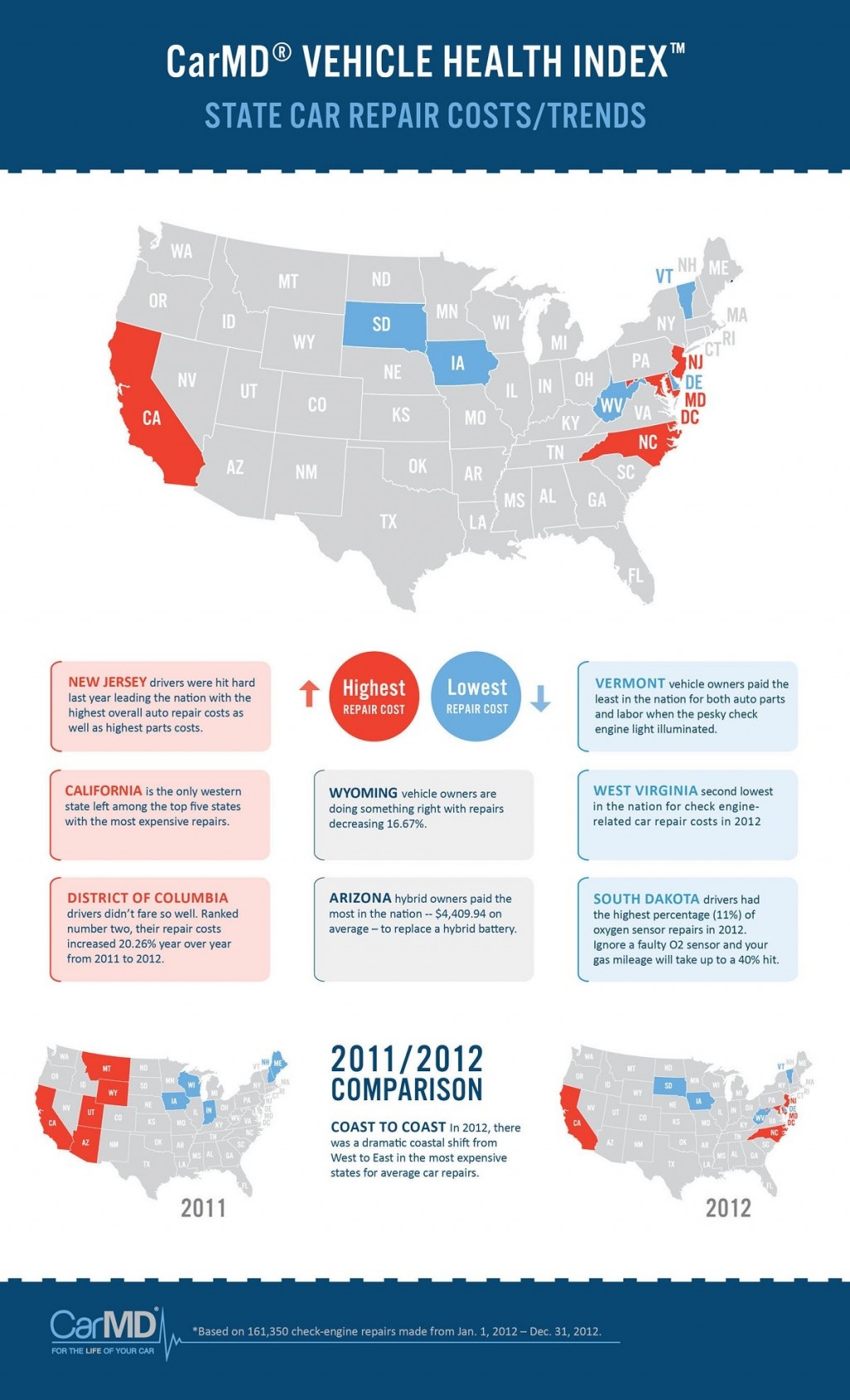Assessing Your Automobile'S Warning Indicators: What They Really Communicate
Assessing Your Automobile'S Warning Indicators: What They Really Communicate
Blog Article
Article Writer-Sykes Gilbert
When you're behind the wheel, those glowing caution lights on your control panel can be a little bit difficult. Do autovaletnz understand what they're attempting to tell you concerning your auto's wellness? Recognizing the value of these lights is essential for your security and the longevity of your car. So, the next time among those lights pops up, would not you wish to decipher its message properly and take the required actions to address it?
Common Caution Lighting and Interpretations
Determine usual caution lights in your cars and truck and comprehend their meanings to guarantee risk-free driving.
One of the most typical warning lights consist of the check engine light, which signals issues with the engine or emissions system. If this light begins, it's vital to have your vehicle checked promptly.
The oil stress cautioning light indicates reduced oil pressure, needing prompt focus to prevent engine damage.
A flashing battery light might suggest a malfunctioning billing system, potentially leaving you stranded otherwise addressed.
Learn Even more (TPMS) light signals you to low tire stress, affecting automobile stability and fuel efficiency. Disregarding this could result in harmful driving problems.
The abdominal light shows a trouble with the anti-lock stopping system, compromising your ability to stop rapidly in emergency situations.
Lastly, the coolant temperature level alerting light warns of engine overheating, which can lead to severe damages if not dealt with promptly.
Understanding these typical caution lights will aid you attend to problems quickly and keep safe driving problems.
Relevance of Prompt Attention
Understanding the typical warning lights in your car is just the very first step; the importance of promptly dealing with these warnings can't be emphasized sufficient to guarantee your safety when driving.
When a caution light brightens on your control panel, it's your automobile's way of communicating a prospective issue that needs attention. Neglecting these warnings can cause a lot more extreme troubles later on, compromising your safety and potentially costing you extra in repairs.
Prompt attention to warning lights can stop breakdowns and crashes. For example, a flashing check engine light could indicate a misfire that, if left neglected, can create damages to the catalytic converter. Addressing this without delay can conserve you from a pricey repair service.
In a similar way, a brake system cautioning light could signal low brake fluid or used brake pads, crucial components for your safety and security when driving.
Do It Yourself Troubleshooting Tips
If you notice a caution light on your control panel, there are a few DIY troubleshooting tips you can try prior to seeking professional aid.
The initial step is to consult your vehicle's handbook to comprehend what the certain caution light suggests. Often the concern can be as basic as a loosened gas cap setting off the check engine light. Tightening the gas cap may resolve the issue.
An additional typical concern is a low battery, which can set off numerous cautioning lights. Inspecting the battery connections for deterioration and ensuring they're safe and secure could fix the trouble.
If a warning light persists, you can attempt resetting it by detaching the vehicle's battery for a couple of minutes and afterwards reconnecting it. Furthermore, inspecting your vehicle's liquid degrees, such as oil, coolant, and brake fluid, can help repair warning lights connected to these systems.
Conclusion
In conclusion, understanding your automobile's caution lights is necessary for maintaining your vehicle running smoothly and safely. By immediately attending to these informs and knowing what they suggest, you can prevent costly repairs and prospective break downs.
Bear in mind to consult your cars and truck's handbook for certain details on each cautioning light and take action appropriately to guarantee a hassle-free driving experience.
Stay educated, remain risk-free when driving!
